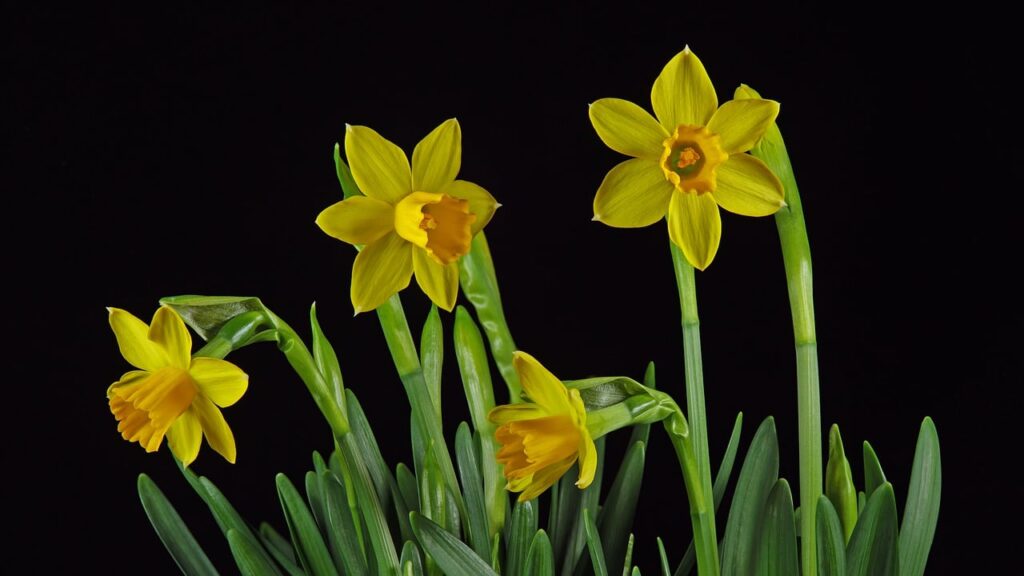Additionally, AI image generators are continuously improving as scientists establish more sophisticated formulas and models. Current innovations, such as diffusion models, have actually demonstrated exceptional cause image synthesis. Diffusion models work by progressively transforming arbitrary sound into coherent images through a collection of iterative actions. This approach allows for better control over the generation process, enabling users to adjust details facets of the image, such as style, color, and structure. As these models evolve, they are ending up being increasingly experienced at recording complex details and nuances, even more blurring the lines between AI-generated and human-created art.
The capabilities of AI image generators are not limited to simple replication of existing designs; they can also introduce and create totally new visual principles. For example, an AI can take a basic message punctual, such as “an advanced city horizon at sunset,” and generate a unique image that encapsulates that idea. This opens up exciting possibilities for artists, developers, and content makers, allowing them to explore new creative methods and press the limits of traditional art forms. The convenience with which these systems can generate premium images has actually equalized access to visual content creation, enabling individuals with little to no creative training to produce spectacular visuals.
At their core, AI image generators run by learning from huge datasets of images and their corresponding summaries. Through a process called training, these models evaluate the partnerships between message and images, gradually improving their ability to produce images that properly show the provided input. The training involves readjusting the weights and biases of the neural network based on how carefully the created images match the real images in the training dataset. With time, the AI discovers to recognize complex patterns, designs, and visual features, enabling it to generate images that can range from realistic pictures to sensational landscapes.
One more issue is the impact of AI on traditional artists and creative experts. While AI image generators can improve productivity and creativity, they may also position a threat to tasks in the creative sector. As businesses significantly turn to AI for visual content, there is a risk that human artists might find it testing to complete. However, instead of checking out AI as a replacement, many artists are embracing these devices as partners, incorporating AI-generated elements into their work and utilizing them to influence new ideas. This hybrid approach can bring about ingenious forms of expression that mix human creativity with machine-generated looks.
Finally, AI image generators stand for an impressive convergence of technology and creativity, enabling individuals and businesses to produce spectacular visuals swiftly and effectively. With the ability to gain from substantial datasets and generate unique images based on textual input, these systems have actually changed the way we approach creative expression. Nevertheless, as we embrace this technological improvement, it is necessary to browse the connected ethical factors to consider and the implications for traditional artistry. By promoting a collaborative relationship between humans and AI, we can harness the full possibility of this ingenious technology, leading the way for a future where creativity knows no bounds.
In recent times, expert system has actually made substantial strides in various areas, among the most fascinating being image generation. AI image generators are software programs that make use of deep discovering formulas to create images based on textual descriptions or other input parameters. These systems have reinvented the way we think about creativity and virtuosity, allowing individuals and businesses to produce premium visual content in a portion of the time it would generally take. The underlying technology behind AI image generators frequently relies upon neural networks, specifically generative adversarial networks (GANs) and diffusion models, which have become the foundation of modern image synthesis.
While the developments in AI image generation are impressive, they also elevate essential ethical and societal concerns. The ability of AI to generate realistic images has brought about worries concerning misinformation and the potential for misuse. For AI Image Generator , AI-generated images can be adjusted to create fake information or proliferate damaging stereotypes, elevating concerns around authenticity and count on visual media. Therefore, it is important for programmers and users of AI image generators to consider the ethical ramifications of their work and strive for responsible usage.
One of the most noteworthy innovations in this area is the development of GANs, which include two neural networks: a generator and a discriminator. The generator creates images, while the discriminator evaluates them versus real images from the training set. This adversarial process proceeds until the generator creates images that are identical from actual ones, as analyzed by the discriminator. The outcome is an AI system capable of producing extremely realistic images that can deceive even the most critical human observers. This technology has found applications in different domains, consisting of fashion, pc gaming, advertising and marketing, and even fine art.
The future of AI image generation is brilliant, with continuous research study focused on improving the capabilities and access of these devices. As technology remains to evolve, we can expect AI image generators to become a lot more intuitive, allowing users to create complicated visual stories with very little effort. Visualize a world where individuals can generate customized art work for their homes or businesses, or where brand names can produce unique marketing products customized to their audiences in real-time. The opportunities are endless, and as AI image generators become more common, they will most certainly reshape the landscape of visual content development.
